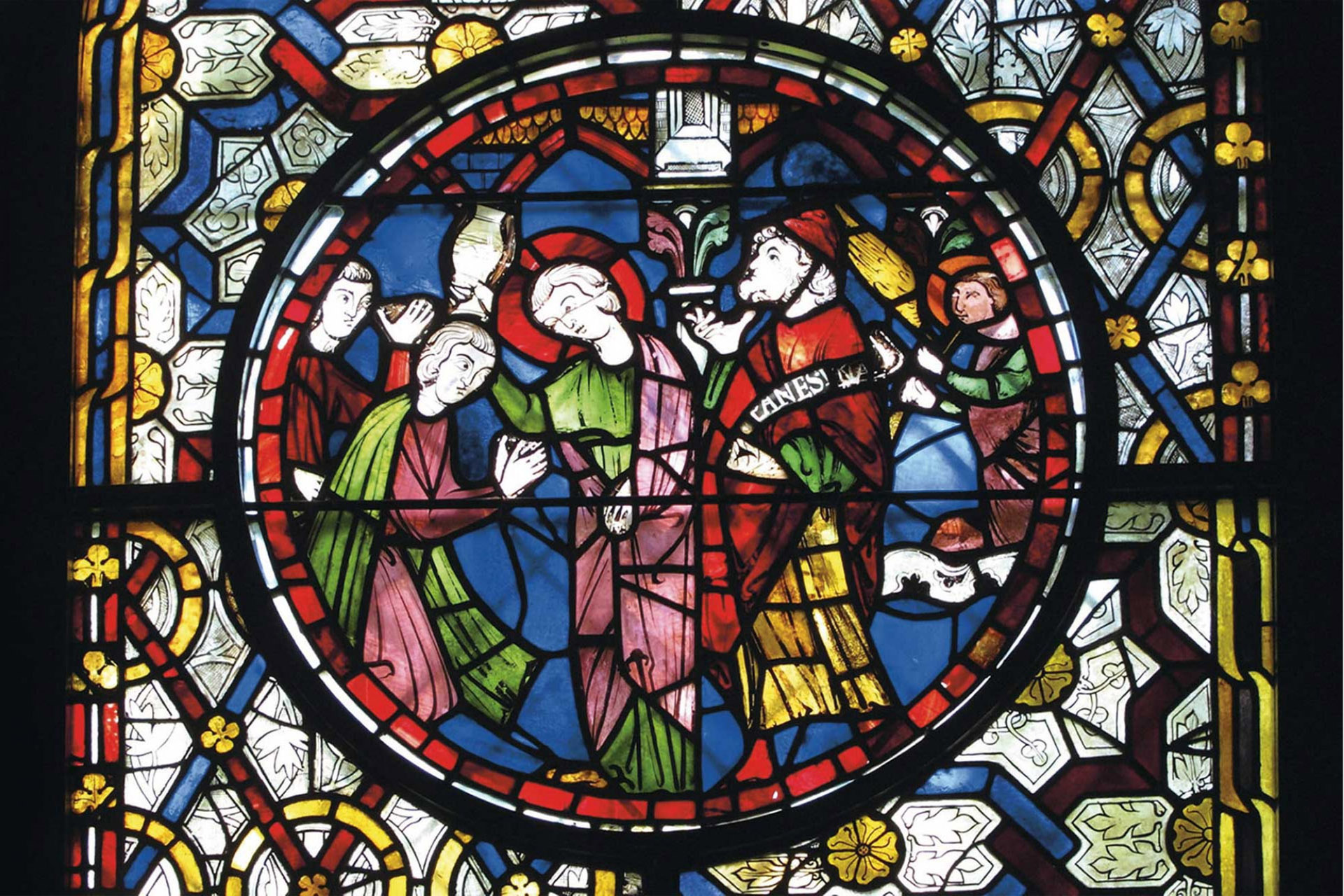Our annual PG-organised MEMSFest took place earlier this month. Rebecca Gaylord, MEMS MA student and conference co-organiser, looks back on the success of this year’s event, MEMSFest’s 10th instalment.
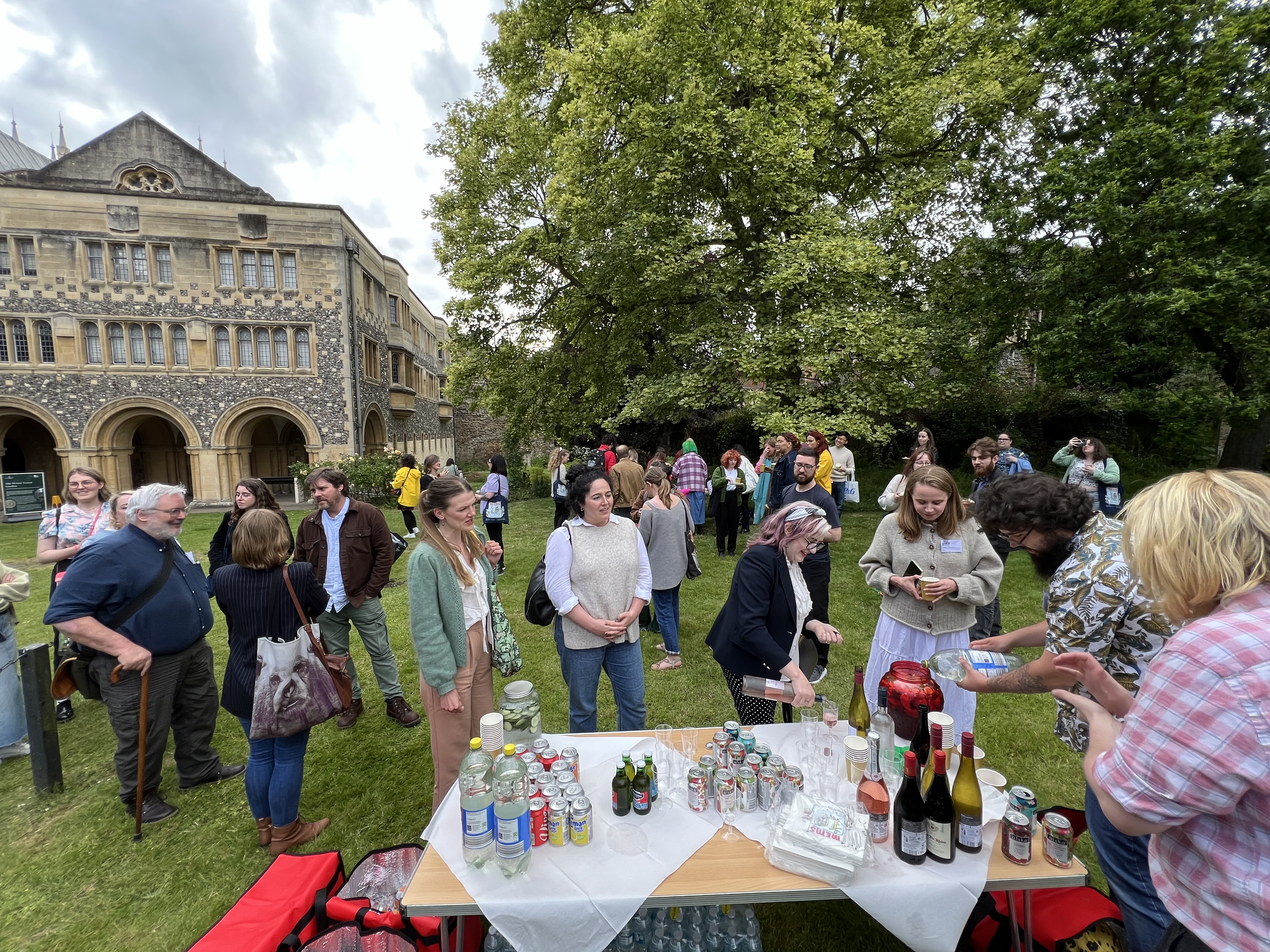 From discovering how people of colour were represented across medieval Europe, to exploring madness on the early modern stage, bewitched milk, burning beards and royal branding centuries before Instagram, scholars from across the globe shared their exciting new research at the University of Kent’s Centre for Medieval and Early Modern Studies 10th anniversary MEMS Festival. The two-day conference, held 14-15 June, drew postgraduate and early-career researchers from a cross-section of UK universities as well as those from India, Australia, South America, the US and Europe.
From discovering how people of colour were represented across medieval Europe, to exploring madness on the early modern stage, bewitched milk, burning beards and royal branding centuries before Instagram, scholars from across the globe shared their exciting new research at the University of Kent’s Centre for Medieval and Early Modern Studies 10th anniversary MEMS Festival. The two-day conference, held 14-15 June, drew postgraduate and early-career researchers from a cross-section of UK universities as well as those from India, Australia, South America, the US and Europe.

Among the papers presented, Georgie Anderson, a first-year doctoral researcher at the University of Kent, highlighted her work on the Black Prince of Florence and the use of chivalry as a means of legitimacy in medieval Europe as part of her project ‘Tracing the Black Knight: Race in Pan-European Chivalric Romances’. Hannah Upton, a PhD student at Australian National University, shared her findings on women’s education and literacy across the sixteenth and seventeenth centuries, including the use of marginalia, while Dickson Mangsatabam of Jawaharlal Nehru University, New Delhi explored the history of social integration among different cultures in seventeenth- and eighteenth-century Manipur. University of Kent MA candidate, Emily Allison revealed her ground-breaking research on a never-before-studied broadside ballad entitled ‘The Countrymans Opinion’ as she works to create the first academic edition of this fascinating early modern print.
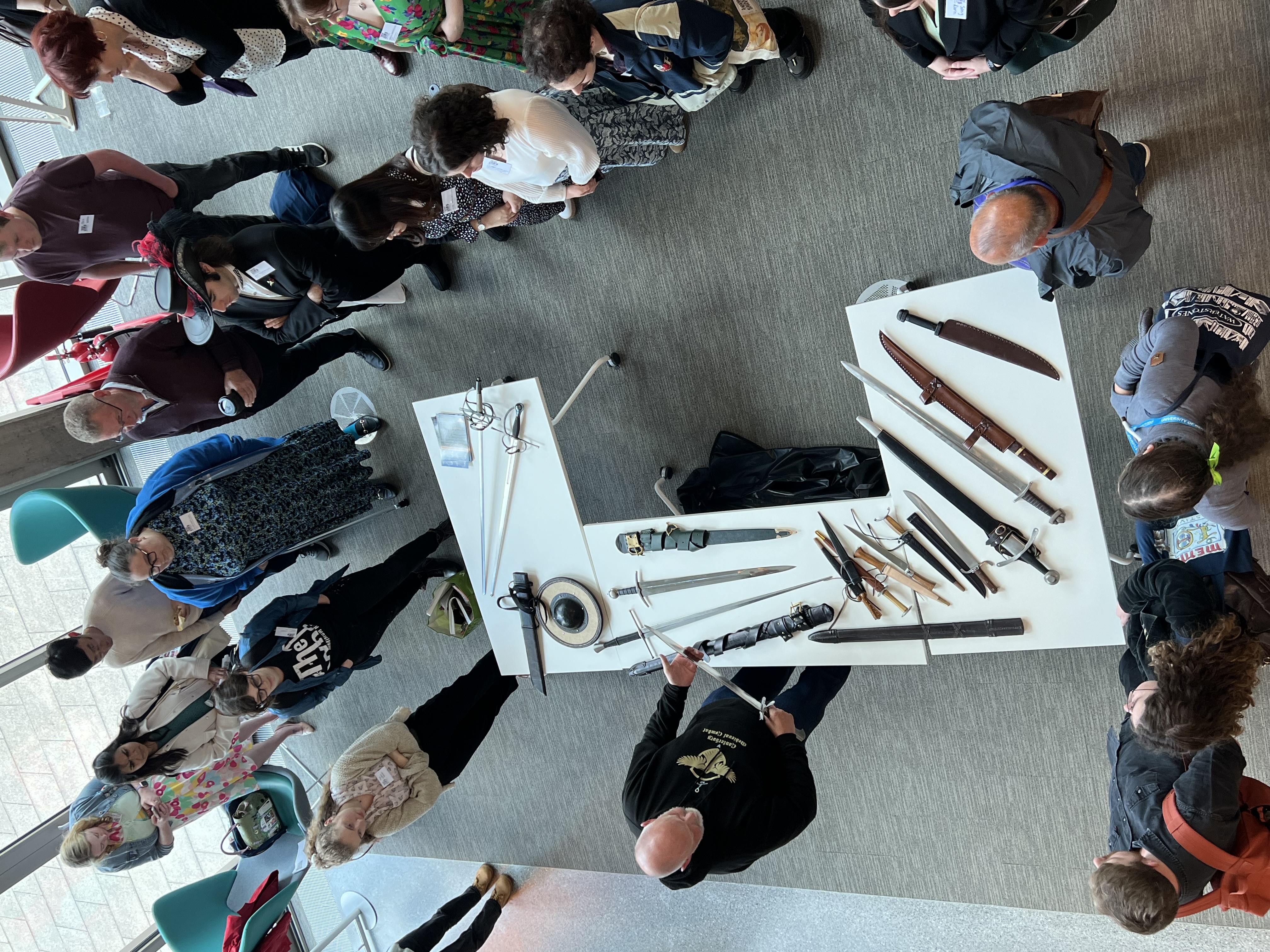
The conference, which is entirely organised and run by MEMS students, attracted more than 100 speakers and attendees in addition to several University of Kent MEMS faculty members who highlighted the real-world impact and importance of historical research—such as using Smartphone technology to provide a pathway between the physical and the virtual to reveal rarely seen historical images and giving the current generation new ways to explore and interpret these treasures from the past and the lessons they can teach.
After a successful first day filled with exciting new research, the Festival moved from the University of Kent campus to Canterbury Cathedral (a UNESCO World Heritage Site), where everyone enjoyed wine and nibbles along with the beauty and serenity of the Water Tower Garden, complete with its wonderfully preserved twelfth-century water tower and a soaring spire overlooking the scene. Conference attendees were also treated to two hands-on 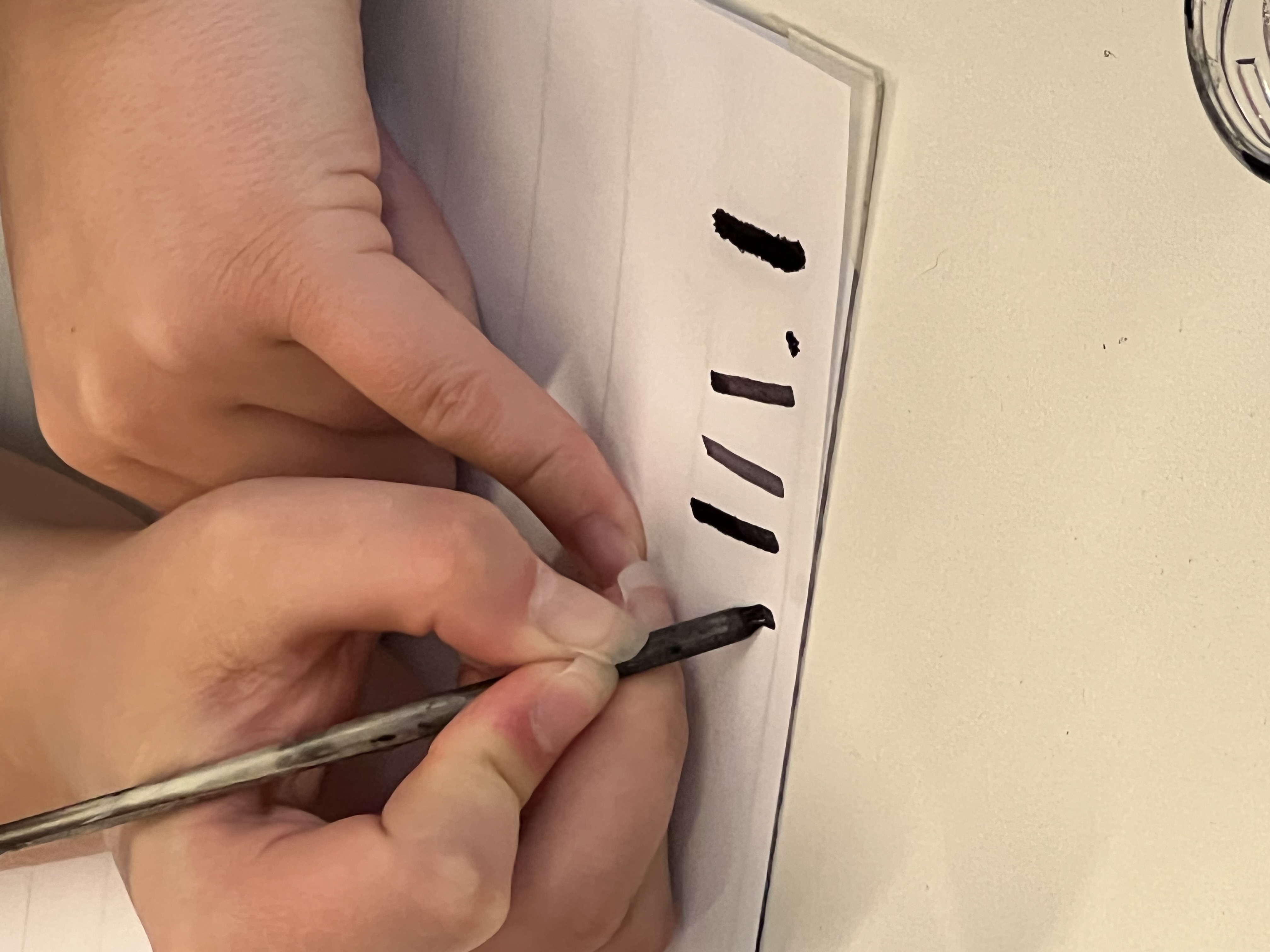 workshops that allowed them to step into two contrasting worlds of the past. They got a taste of life as a medieval scribe as they practiced calligraphy with the same basic tools and techniques available in scriptoriums hundreds of years ago. Weapons of medieval warfare and defense offered the opportunity to wield a variety of authentic replica swords, daggers, knives and shields. Handling these implements of knights and soldiers gave participants an appreciation for the skill and strength needed to master the art of combat. Everyone who took part in the workshops enjoyed the opportunities to write like a medieval monk or carry a knight’s weapon, if only for an hour or so.
workshops that allowed them to step into two contrasting worlds of the past. They got a taste of life as a medieval scribe as they practiced calligraphy with the same basic tools and techniques available in scriptoriums hundreds of years ago. Weapons of medieval warfare and defense offered the opportunity to wield a variety of authentic replica swords, daggers, knives and shields. Handling these implements of knights and soldiers gave participants an appreciation for the skill and strength needed to master the art of combat. Everyone who took part in the workshops enjoyed the opportunities to write like a medieval monk or carry a knight’s weapon, if only for an hour or so.
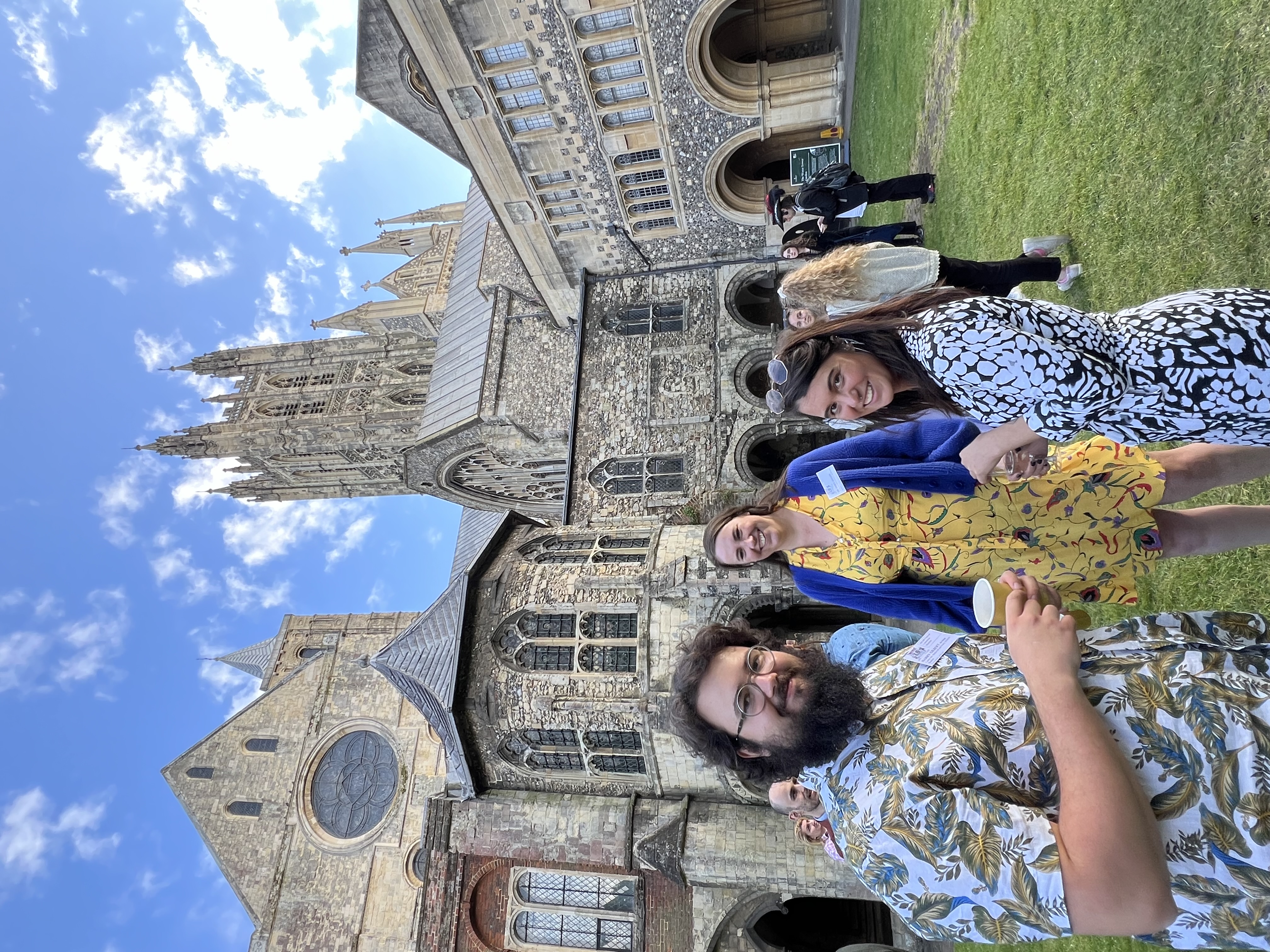 The quality of the research presented at the 10th Anniversary MEMS Festival, along with the camaraderie and supportive environment of the conference in fostering postgraduate and early career research made this year’s festival one of the best. It showed that like history itself, our research community is vibrant, multi-cultural and dynamic.
The quality of the research presented at the 10th Anniversary MEMS Festival, along with the camaraderie and supportive environment of the conference in fostering postgraduate and early career research made this year’s festival one of the best. It showed that like history itself, our research community is vibrant, multi-cultural and dynamic.
